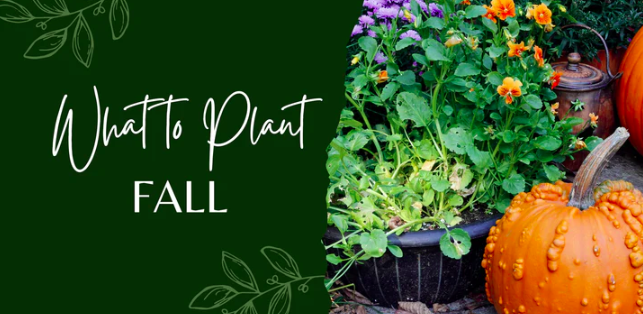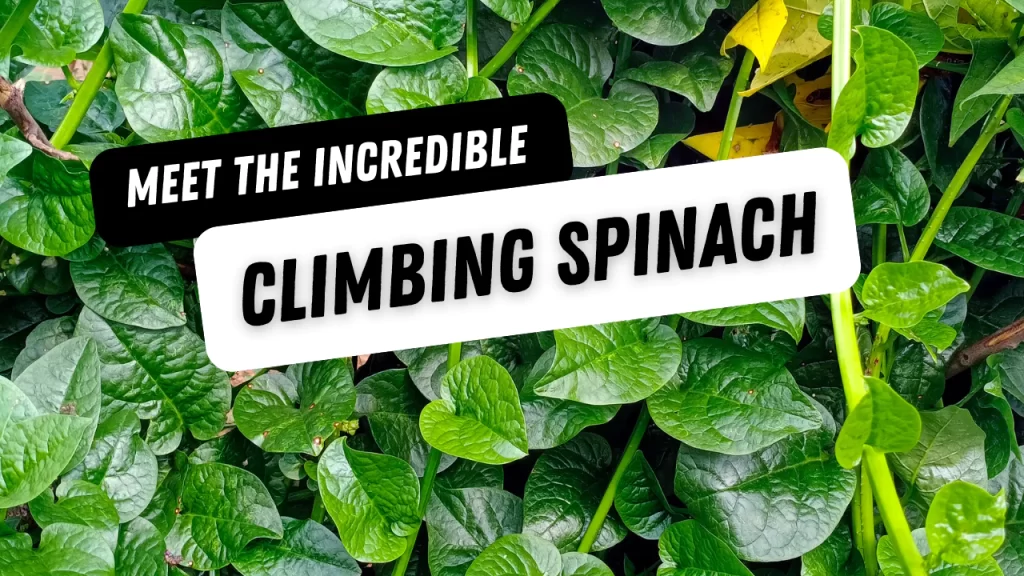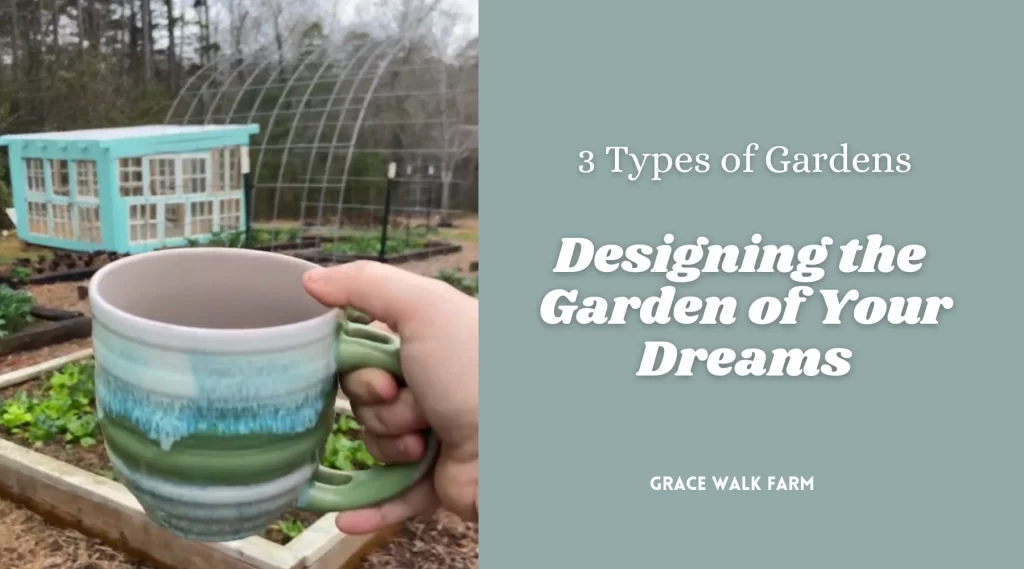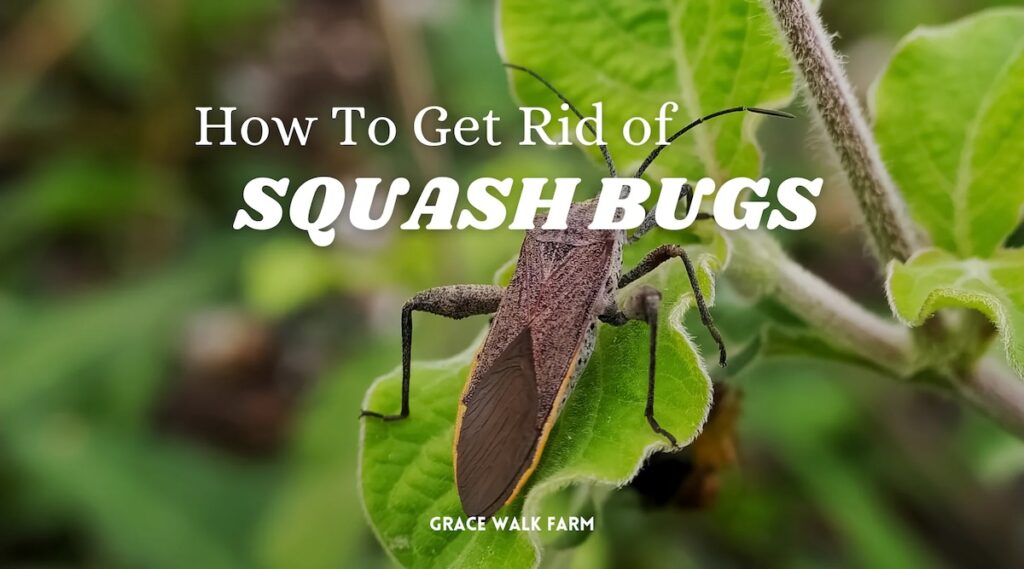Fall is one of my favorite times of year, especially in the garden. When I first started growing vegetables, I struggled to find things that would grow well in the fall and I wasn’t sure when I should actually be planting things. It took a couple years of experimenting before I finally figured out a few little tips that helped my fall garden become successful. Let’s break down everything you need to know about fall gardening.
Welcome to Grace Walk Farm, our family homestead in western NC. We share the highs and lows of our homestead journey, in hopes that it will encourage you to grow your own food too. Click here to grab our Beginner Garden Guide for free! Join our 600K strong Instagram community of homesteaders here. Thanks for stopping by!
What can you plant in fall?
Think of fall as a second chance at spring planting. Plant crops that like cool temperatures. I have found that some of the cold-hardy veggies actually grow better for me in the fall than they do in the spring. Vegetables that grow well in fall temperatures include peas, cabbage, broccoli, cauliflower, brussel sprouts, kale, collard greens, lettuce, carrots, beets, and radishes.
When should you plant for fall?
Timing is the trickiest part of fall gardening. You will need to look up your estimated first frost date and then count to see around how many days you have left before frost starts to roll into your area at night. For example, my estimated first frost is October 30 so I have around 75-80 days left. As I look through my seed packs, I can plant anything that will grow in that amount of time even if it is frost-tender. You can also add cold-loving vegetables like the ones mentioned above to round out your garden and have additional options that will survive those frosty nights.
When do you start seeds for fall gardening?
You can certainly start seeds indoors in a sunny window or under grow lights, but for fall, I prefer to just sow seeds directly into my garden beds. As summer comes to an end, I am starting to clean out the plants that are done producing for the year. Then I amend the beds by adding a fresh inch or two of compost before I replant. Just remember to keep your seeds watered. Soil dries out quickly in the late summer sun.
Don’t forget to mulch!
Fall provides an abundance of free mulch for the garden. All of those leaves that you hate to rake are actually a gift! Use them to mulch your garden. I also put a layer of straw over my garden beds when I plant for fall, just to add some extra insulation for winter time. We have pine trees all around the perimeter of our property and I love to use the fallen pine needles as free mulch too. Throughout the fall and winter, I add any kind of organic matter to the garden beds that I can find – fallen leaves, wood chips, straw, pine needles. All of it will break down through the winter time and create a beautiful, healthy soil for spring planting. Plus your fall and winter veggies will thrive with the extra mulch to keep the root systems warm and protected.
Extend Your Growing Season with Row Covers
Another option for fall is to prolong your growing season by using row covers to insulate your plants. Row covers are also a smart way to combat insect problems, particularly with leafy greens and brassicas that often struggle with cabbage worms. If you are growing in pots, you can also extend your growing season by moving plants inside at night to protect them from falling temperatures.
Planting Garlic in Fall
Fall is also the time to plant garlic for next year. We plant garlic cloves in October, mulch well, and then leave the garlic beds undisturbed until spring. At that point, we will start watering a few times a week and weeding the beds as needed. By late June, we have garlic ready to harvest, cure, and braid. In my experience, garlic is one of the easiest things to grow! It just takes a long time so don’t forget to get some garlic to plant this fall. You can order garlic online through Hoss Tools, Johnnys Seeds, or even Amazon. I recommend elephant garlic for beginners. Hardneck garlic is wonderful because it produces scapes before the bulbs are ready so you get two edible harvests. Softneck garlic doesn’t give you scapes, but it is easy to braid after it dries. Choose the type of garlic you like best, but make sure you plant some! Growing garlic is one of my favorite parts of backyard gardening.
Are you planting a fall garden this year? What vegetables do you plan to grow this fall?
Also check out these blogs:




